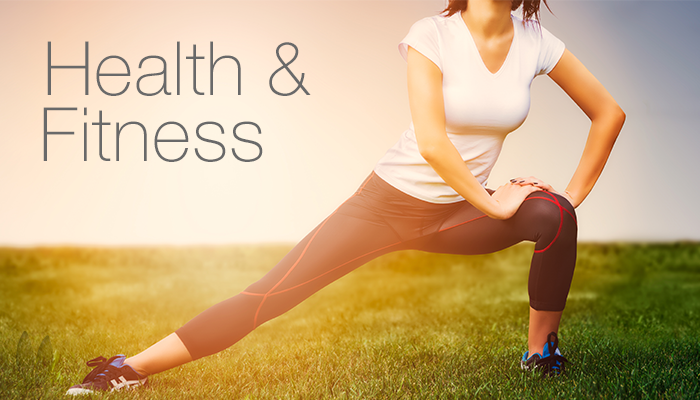If you don’t put much thought into what you eat…think again. You are what you eat is no lie.
You should know that 80% of your fitness results can be attributed to your eating habits.
We are in such a hurry to eat sometimes that we just don’t pay attention to what we are ingesting. And this is what we can tie to excess body fat and poor nutrition. What is the best for you to eat is confusing. There‘s all sorts of misinformation out there from the media and from food manufacturers. Food companies use lots of unhealthful and dodgy ingredients to extend shelf life, add gaudy colors, and make us crave their products. Avoiding these ingredients helps you to improve the quality of what you put into your body.
Read labels to know what you’re putting in your body.
There are ingredients that you want to avoid. Seeing these listed on a food label or recognizing that it is manufactured into a product should automatically signal to you that you don’t want it. Hydrogenated Fat / Partially Hydrogenated Fat or Trans Fat is one of them.
Trans fat is made by adding hydrogen to vegetable oil through a process called hydrogenation, which makes the oil less likely to spoil. Using trans fats in the manufacturing of foods helps foods stay fresh longer, have a longer shelf life and have a less greasy feel. Scientists aren’t sure exactly why, but the addition of hydrogen to oil increases your cholesterol more than do other types of fats. It’s thought that adding hydrogen to oil makes the oil more difficult to digest, and your body recognizes trans fats as saturated fats.
Hydrogenated and partially hydrogenated fats have undergone such extensive processing that the chemical structure has changed from a “cis” shape, which the human body recognizes and utilizes, to a “trans” shape, which is foreign and destructive to human physiology.
Trans fat is double trouble for your heart health. It raises your “bad” (LDL) cholesterol and lowers your “good” (HDL) cholesterol. When it comes to fat, trans fat is considered by some doctors to be the worst type of fat. Unlike other fats, trans fat — also called trans-fatty acids — both raises your “bad” (LDL) cholesterol and lowers your “good” (HDL) cholesterol. A high LDL cholesterol level in combination with a low HDL cholesterol level increases your risk of heart disease, the leading killer of men and women. Here’s some information about trans fat and how to avoid it.
Commercial baked goods — such as crackers, cookies and cakes — and many fried foods, such as doughnuts and french fries — may contain trans fats. Shortenings and some margarines can be high in trans fat.
Trans fat used to be more common, but in recent years food manufacturers have used it less because of concerns over the health effects of trans fat. Food manufacturers in the United States and many other countries list the trans fat content on nutrition labels. However, you should be aware of what nutritional labels really mean when it comes to trans fat. For example, in the US if a food has less than 0.5 grams of trans fat per serving, the food label can read 0 grams trans fat. Though that’s a small amount of trans fat, if you eat multiple servings of foods with less than 0.5 grams of trans fat, you could exceed recommended limits.
A food label may not say “trans fat” but you can identify food to avoid by looking for the words “partially hydrogenated” vegetable oil. It sounds counterintuitive, but “fully” or “completely” hydrogenated oil doesn’t contain trans fat. Unlike partially hydrogenated oil, the process used to make fully or completely hydrogenated oil doesn’t result in trans-fatty acids. However, if the label says just “hydrogenated” vegetable oil, it could mean the oil contains some trans fat.
Although small amounts of trans fat occur naturally in some meat and dairy products, it’s the trans fats in processed foods that seem to be more harmful.
Once you cut these items such as this out of your diet, you’ll be pleased with the results. You will see excess weight loss, higher energy levels and you will just generally feel better.
Another way to think about purifying your diet is by focusing on eating “real food”. These food items include lean meats, vegetables, whole grains, fruits, nuts and seeds. Interestingly enough, real food items are generally found around the perimeter of your supermarket.
Sources: HealthierTalk.com, GymnasticsStuff.com, HealthyEating.com, MayoClinic.org, FoodandWterWatch.org, LiveScience.com, HealthyChild.org
http://www.healthiertalk.com/10-worst-food-ingredients-you-should-avoid-plague-4066, http://www.gymnasticsstuff.com/nutrition_article_ingredients.htm, http://healthyeating.sfgate.com/foods-contain-white-flour-refined-sugars-1330.html, http://www.mayoclinic.org/diseases-conditions/high-blood-cholesterol/in-depth/trans-fat/ART-20046114 , http://www.foodandwaterwatch.org/food/foodsafety/dairy/, http://www.livescience.com/36206-truth-potassium-bromate-food-additive.html, http://healthychild.org/easy-steps/avoid-nitrates-and-nitrites-in-food/






